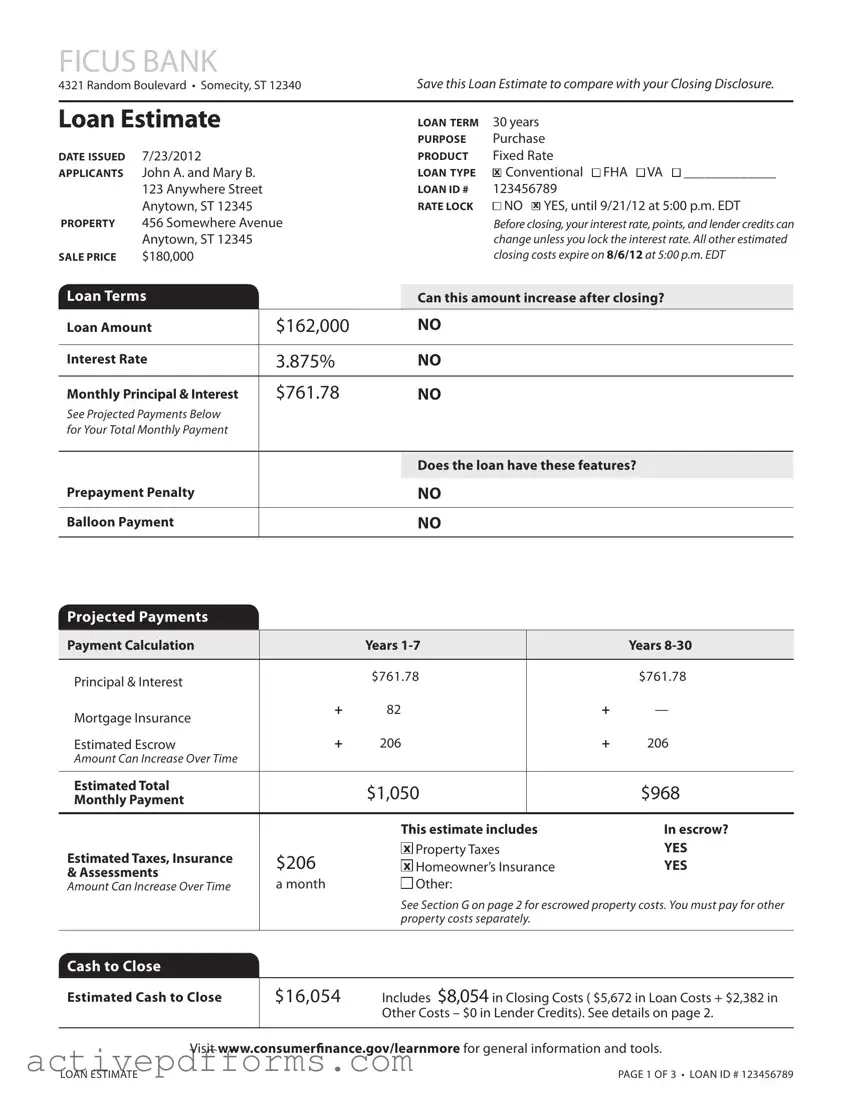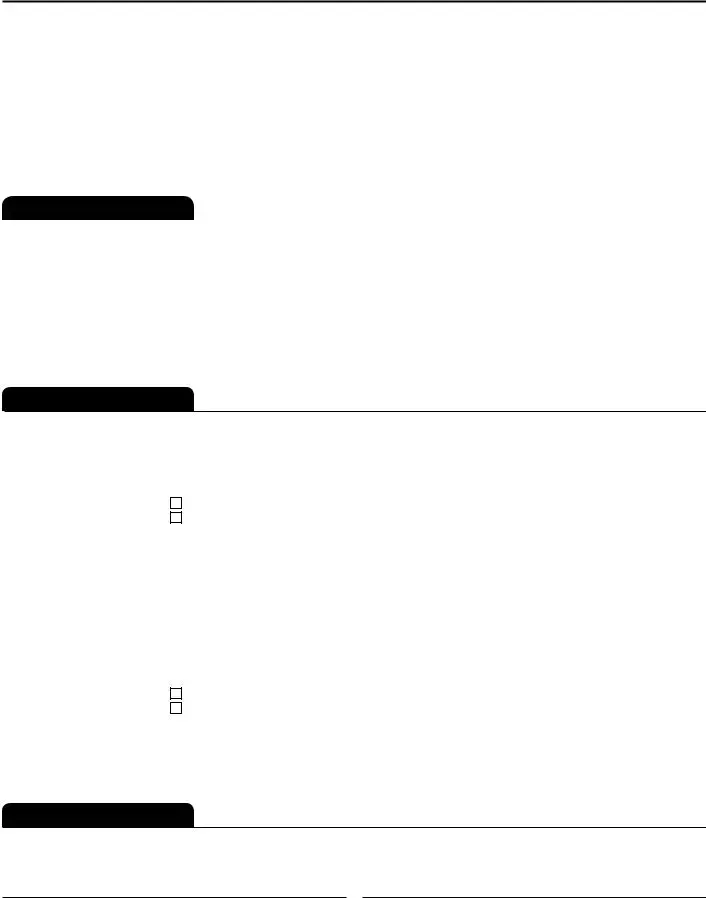When navigating the path to homeownership, one of the most critical steps involves understanding the Loan Estimate form. This comprehensive document, provided by lenders soon after you apply for a loan, serves as a blueprint of the proposed terms. It includes the address and details of the lending institution, the property in question, and crucial figures such as the loan amount, interest rate, and whether the rate is locked. With a breakdown of the loan term, purpose, and product type, the form also dives into the specifics of projected payments, detailing what the homeowner is expected to pay over the course of the loan. Beyond the numbers, it informs borrowers about potential prepayment penalties and balloon payments, indicating the flexibility and future financial implications of the loan. It meticulously lists closing costs, dividing them into origination charges, services you can and cannot shop for, and other costs, ensuring a clear picture of upfront expenses. Further, it outlines the estimated cash to close, incorporating down payments and seller credits. Additional information covers lender details, comparisons to other loans, and other considerations like appraisal requirements and late payment fees, providing an essential tool for consumers to compare offers and make informed decisions about their future home.



